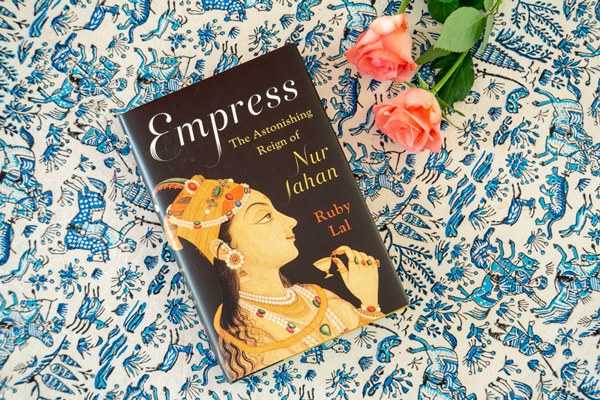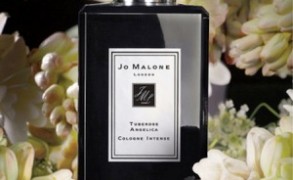5 Things That Inspire Me
When I work on any long-term project, my office looks as if a tornado went through it. Since I prefer to work at a low table sitting on a cushion, my legs folded in the lotus position, I use the floor around me as my canvas. Books, research materials, and reference volumes cover it in random looking piles and mixed among them are items I find inspiring. Of course, the chaos is not entirely random, and I can tell you where I have my Japanese-English dictionary, Philip Kraft’s guide to fragrance chemistry or a volume of Persian poetry, without having to get up from my table. (The table, by the way, was a $10 acquisition from a Turkish shop, intended for making phyllo pastry.)

Casting a quick glance at the items that surround me today, I realized that they are much more than the materials I use for my writing, but rather the things that inspire me, the things that give me pleasure simply by looking at or touching them. I’m sure everyone can make such an inspiration collage–and I’m sure that for every person it would be different, but I wanted to share mine with you.



















Ewan in Spring 2024 Perfume Launches : Lilac, Vetiver, Moss and Seaweed: I took the opportunity to blend seaweed, vetiver and mimosa essential oils. It is a very pleasant and interesting menage a trois. At first the seaweed hits the nose but… April 18, 2024 at 1:32am